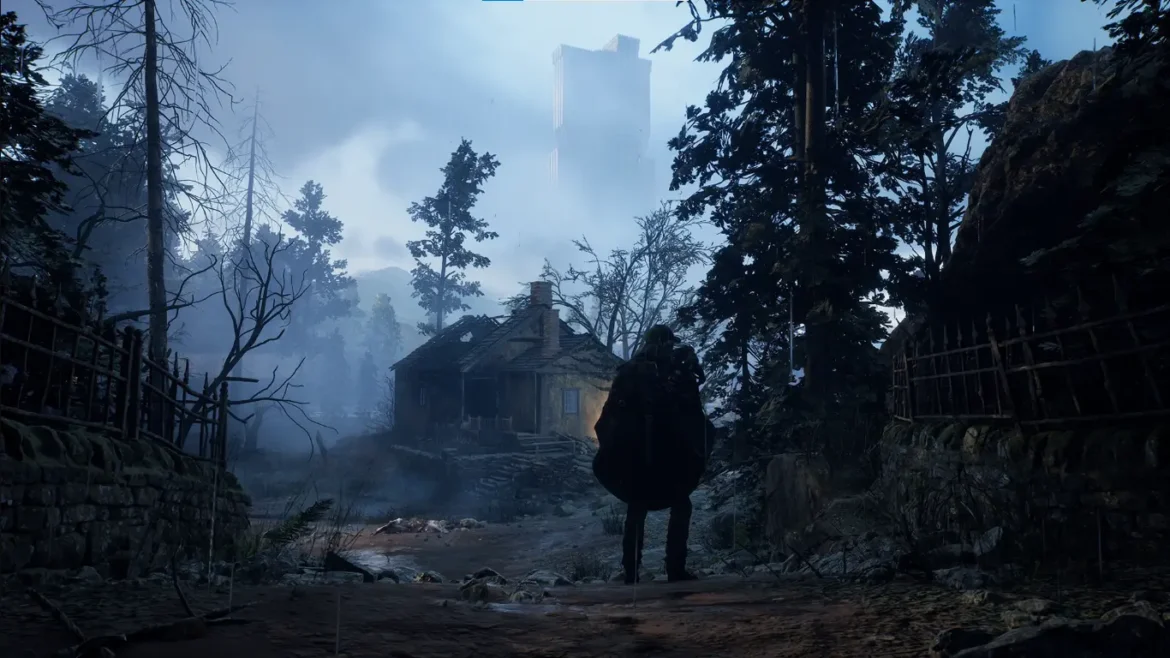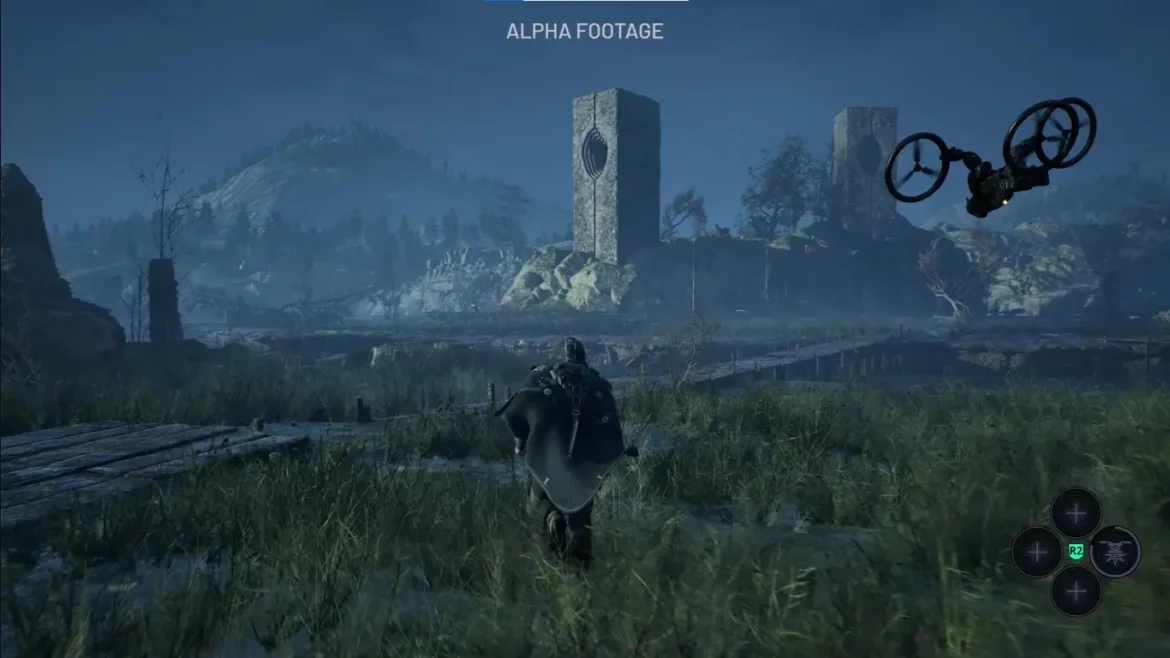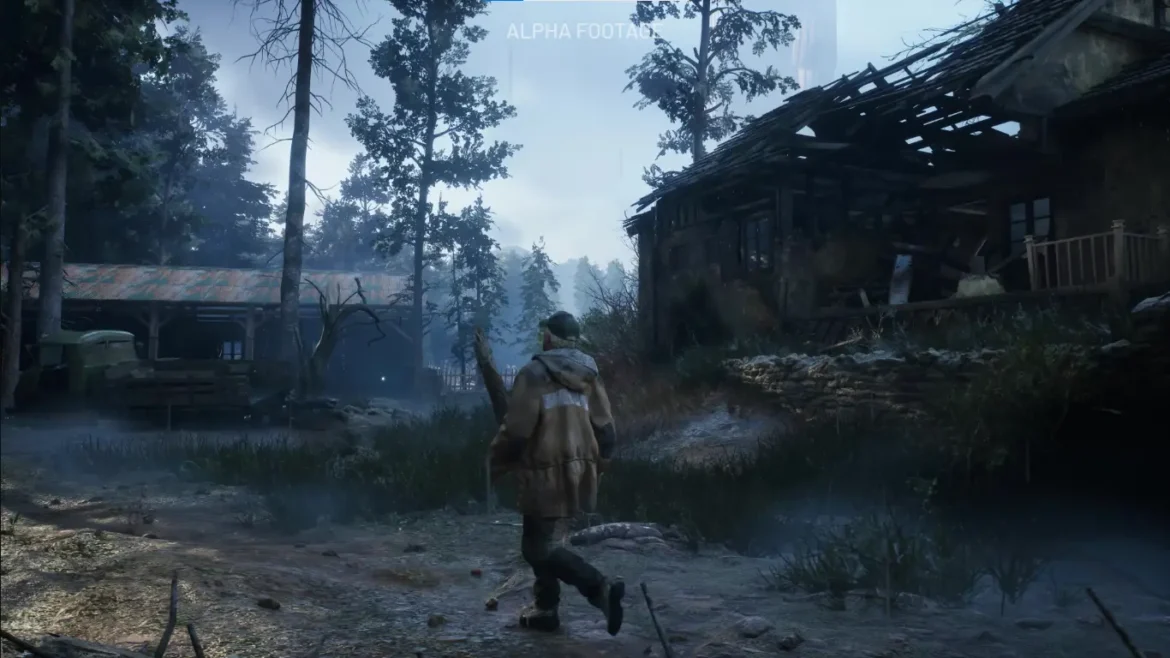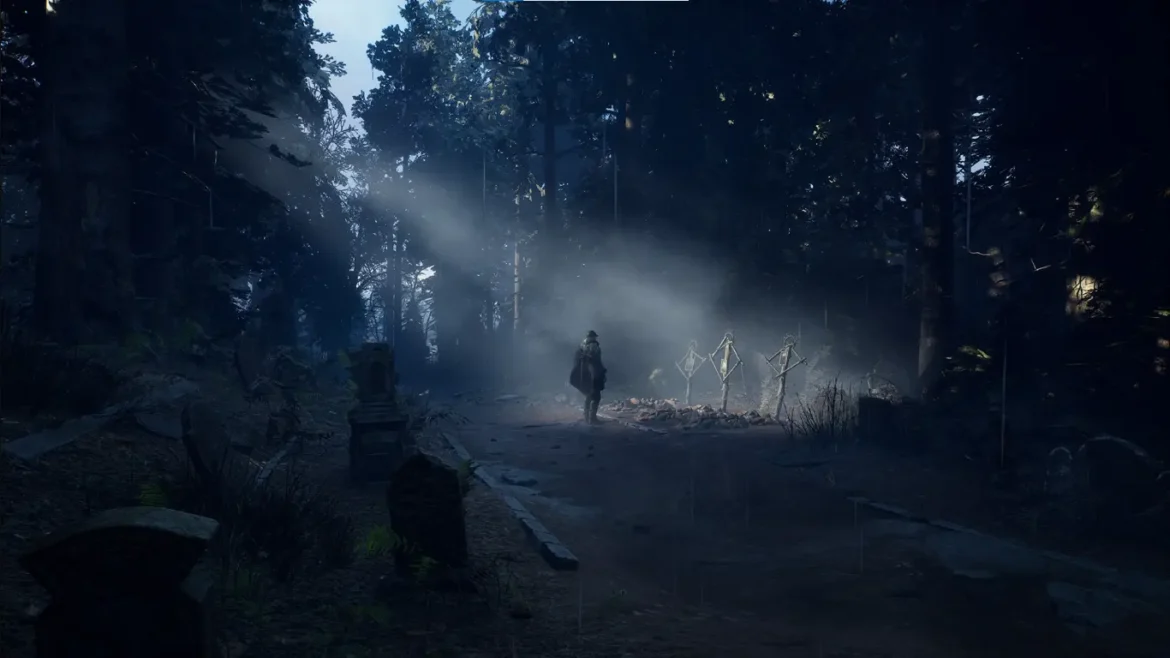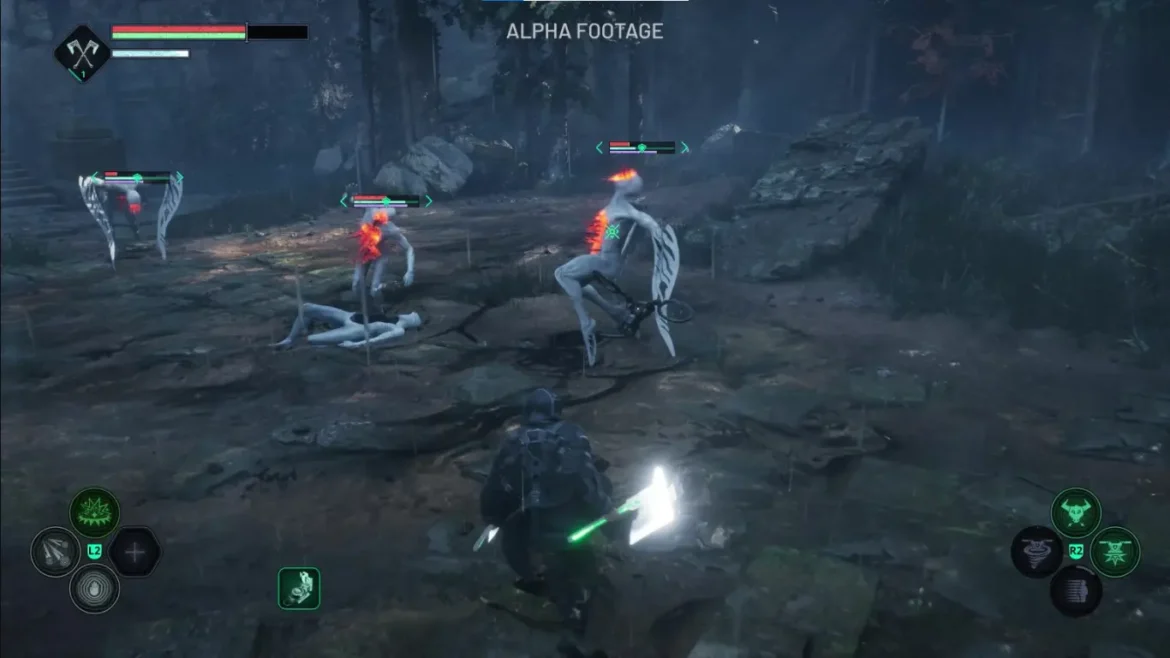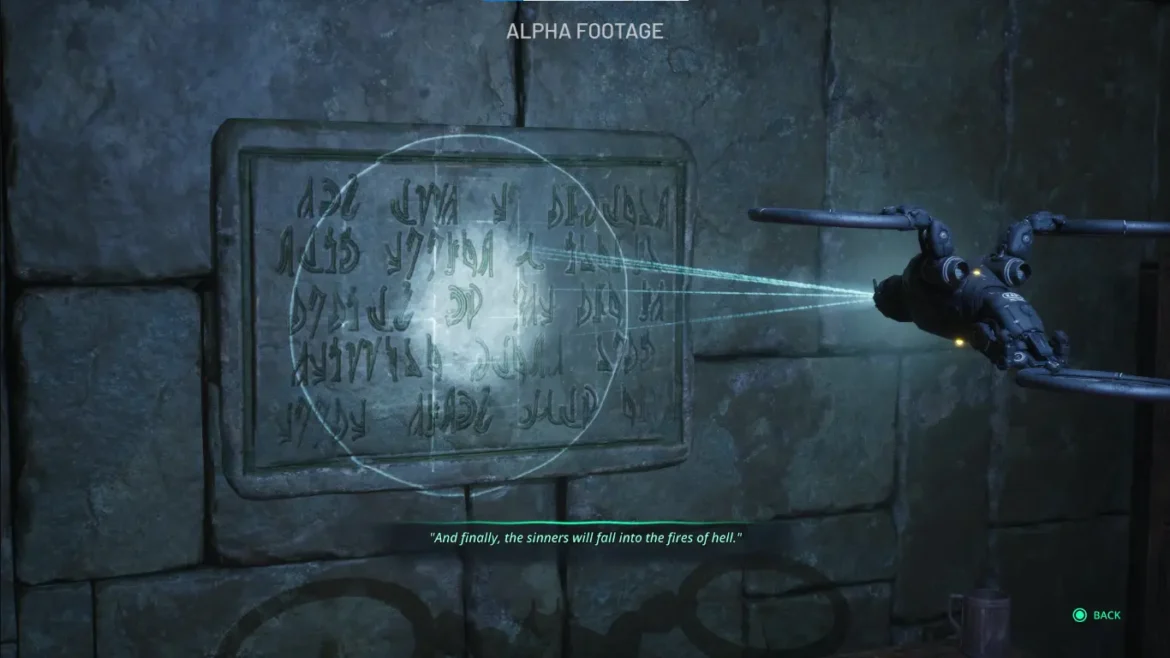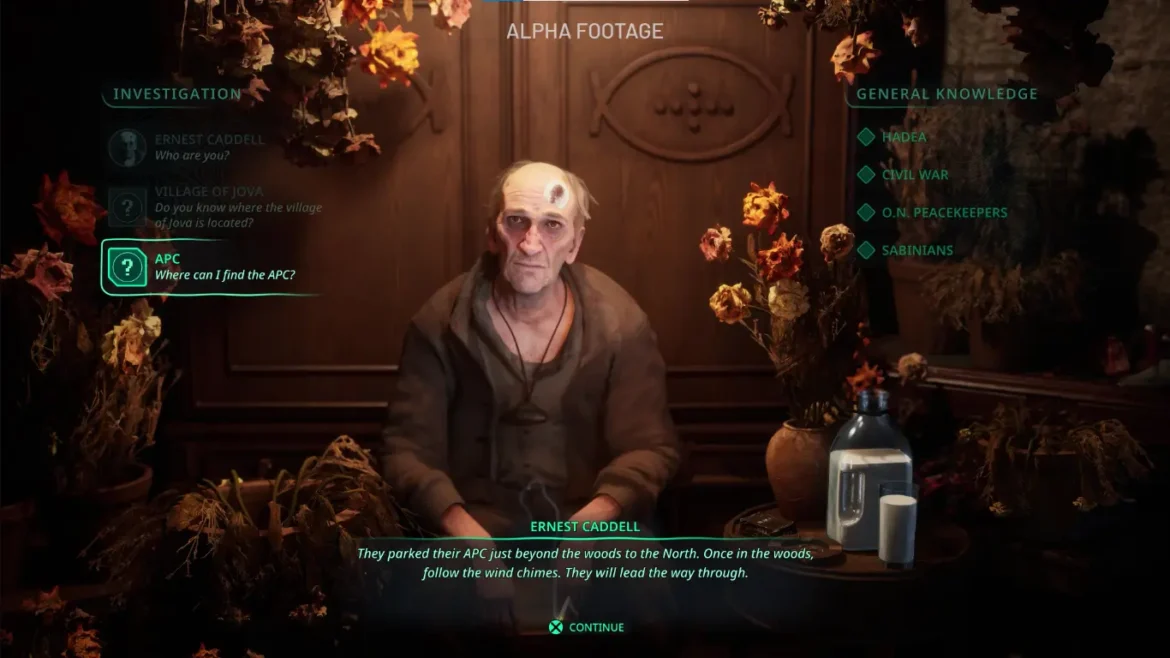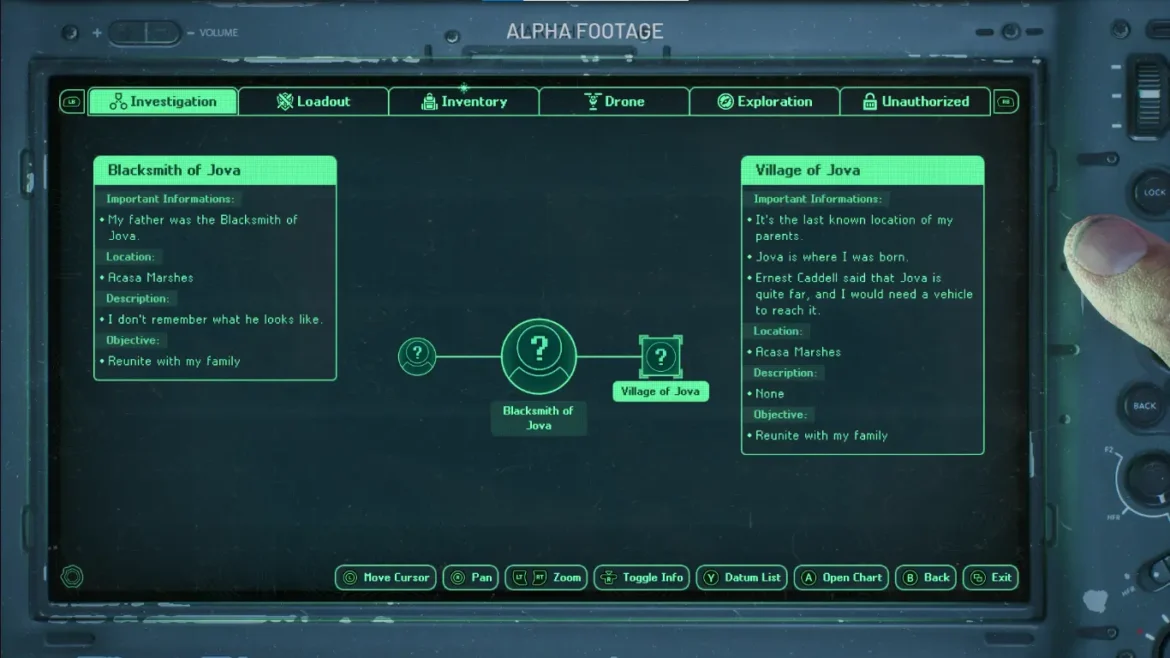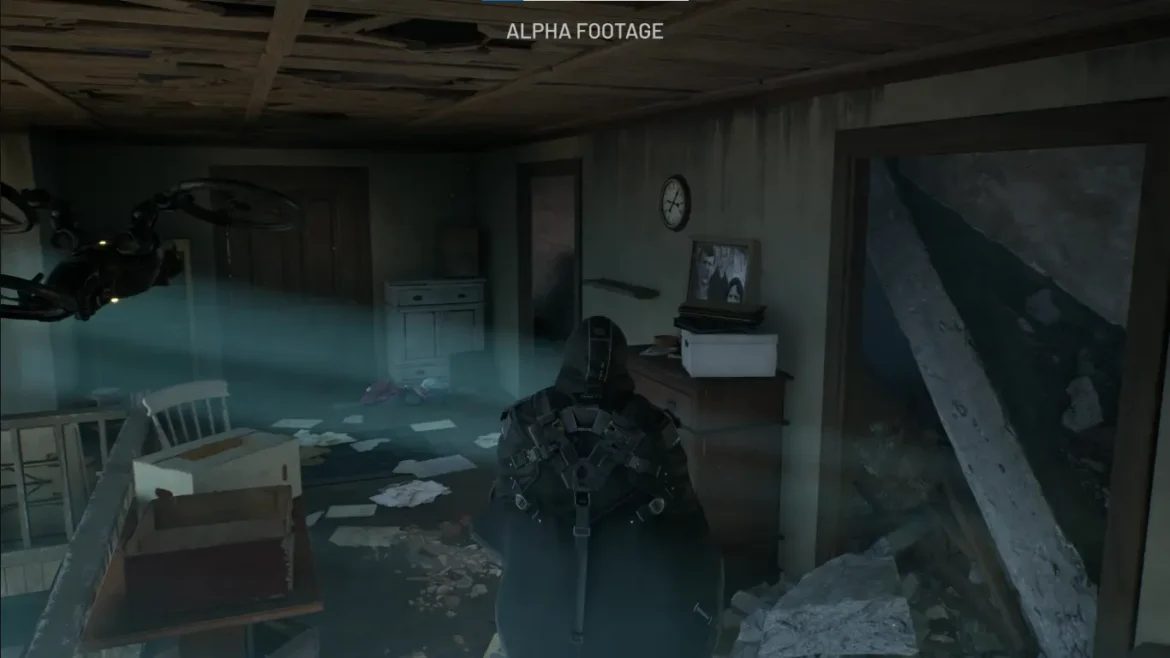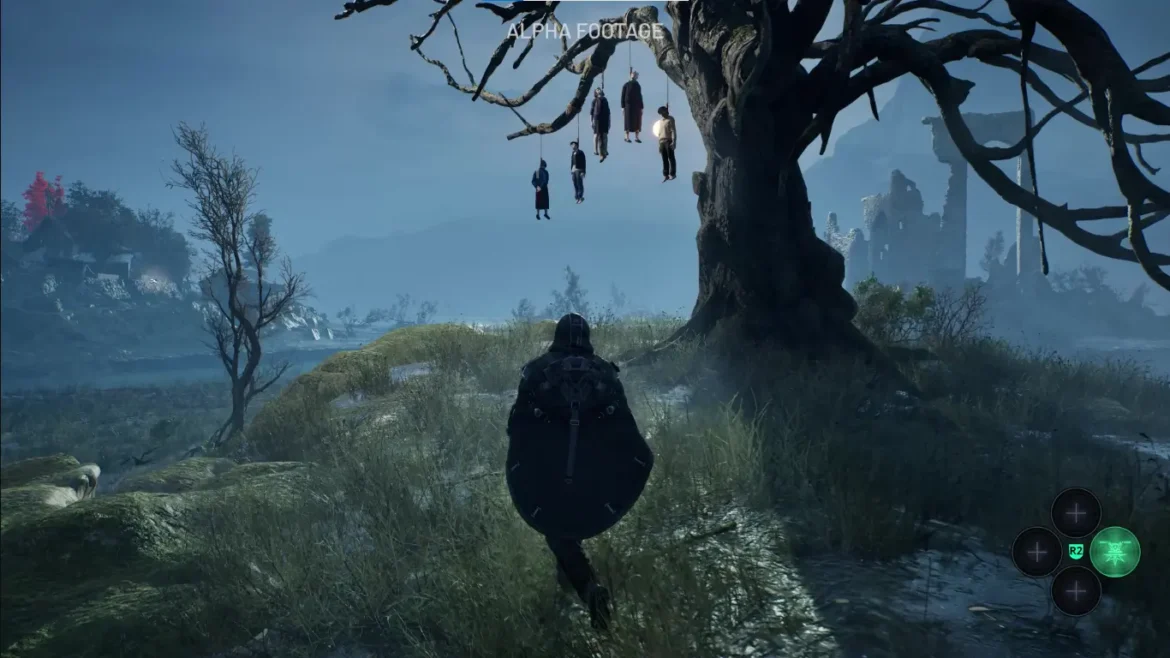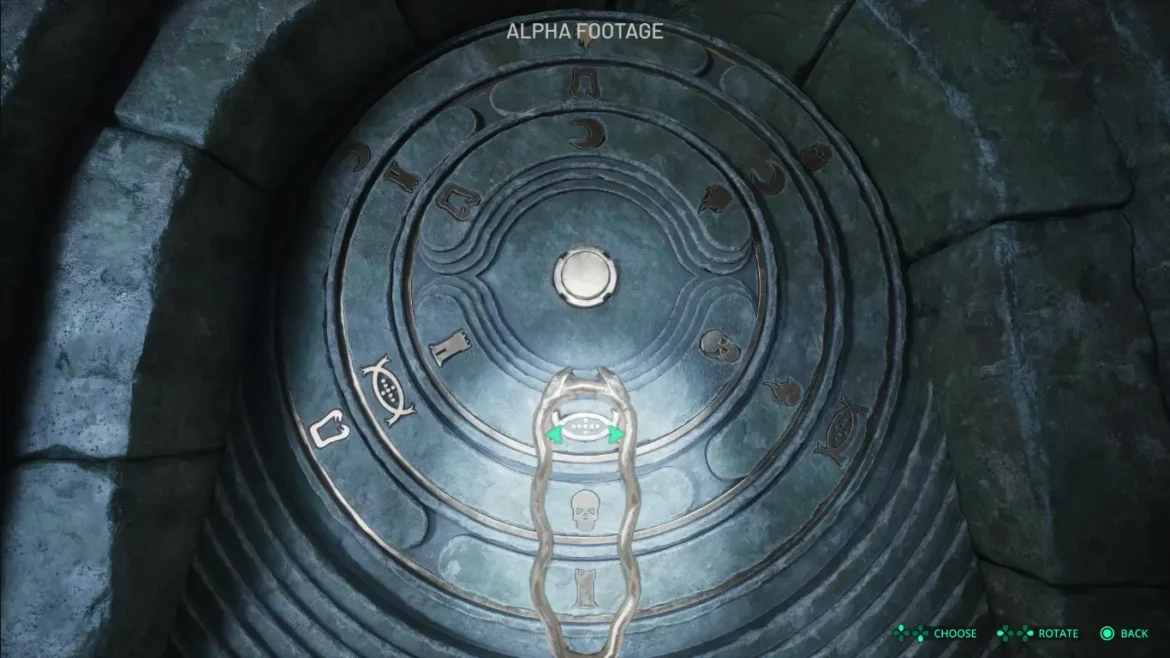Although it’s been quiet since it was first announced in 2022, Hell is Us is moving forward slowly, under the radar, towards its planned release in 2025. Its appearance at the latest State of Play has brought it back into the spotlight. The Canadian studio’s action-adventure game, full of mystery, allowed us to get a closer look during a session at Gamescom 2024. We were able to try out the game for almost an hour and a half, and here’s what we learned.
Table of Contents
Immersive Adventure
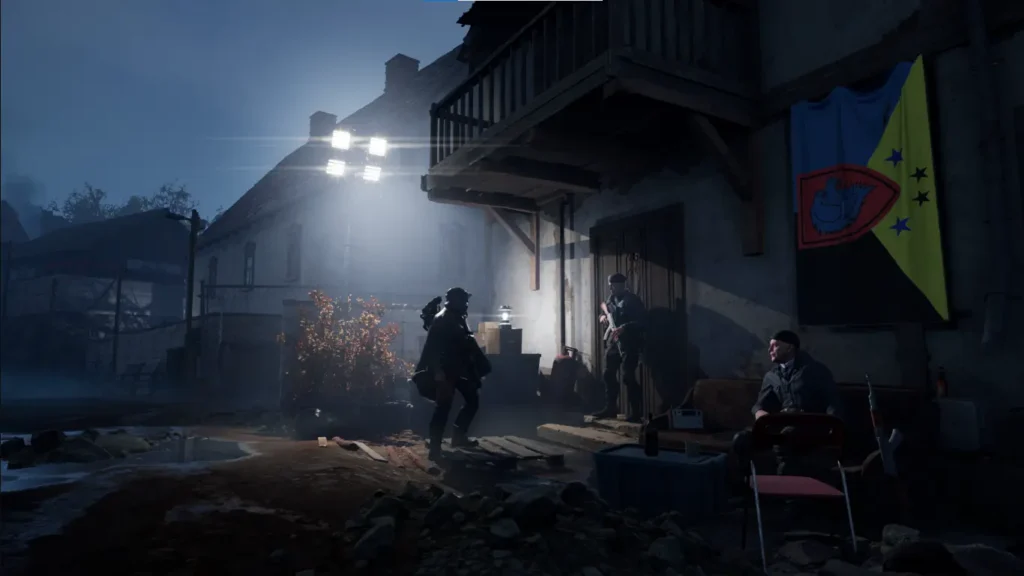
Hell is Us tells the story of Rémi, a man who wants to reconnect with his parents after being abandoned when he was younger. To do so, he returns to the village of Jova in the land of Hadea, his birthplace. Still suffering from civil war, so it’s almost impossible to get inside. The Peacekeepers, an armed force, constantly guard the village to make sure no one gets in. But Rémi is determined to get in, and it’s exactly at this point that our session begins.
No hints like “hey, it’s this way”, you just have to follow the paths you see in front of you. This is one of Rogue Factor’s primary goals for its game: to guarantee immersion. The studio wants to distinguish itself from other games in this genre by avoiding maps and markers to guide players. Instead, the team aims to use our senses and attention to navigate and understand the environment.
Simply following the river at the start may seem trivial, but it’s just one of those natural clues to follow in order to progress. More concrete examples can be found later on, when we have to make our way through various possible routes in the woods. And following the sound of wind chimes hanging from branches is the key to getting on the right track. The same applies shortly after, with trees marked with a yellow cross.
Having said that, we were never required to follow these signs alone. This was proven by finding collectors’ items, documents, or elements relating to the hero’s customization. So don’t let what appear to be visual cues distract you from your desire to explore a little. Especially as the game, developed under Unreal Engine 5 and by a medium-sized studio, delivers quality environments, supported by a mysterious atmosphere with a touch of horror.
In addition to exploration in semi-open areas, Hell is Us will also challenge us with puzzles. The ones we saw seemed accessible, where we had to spot symbols in the scenery and then make the right combinations on the locks. And, in any case, it shouldn’t get much more complicated than that, according to Jonathan Jacques-Belletête, the studio’s creative director.
Exploration and Combat
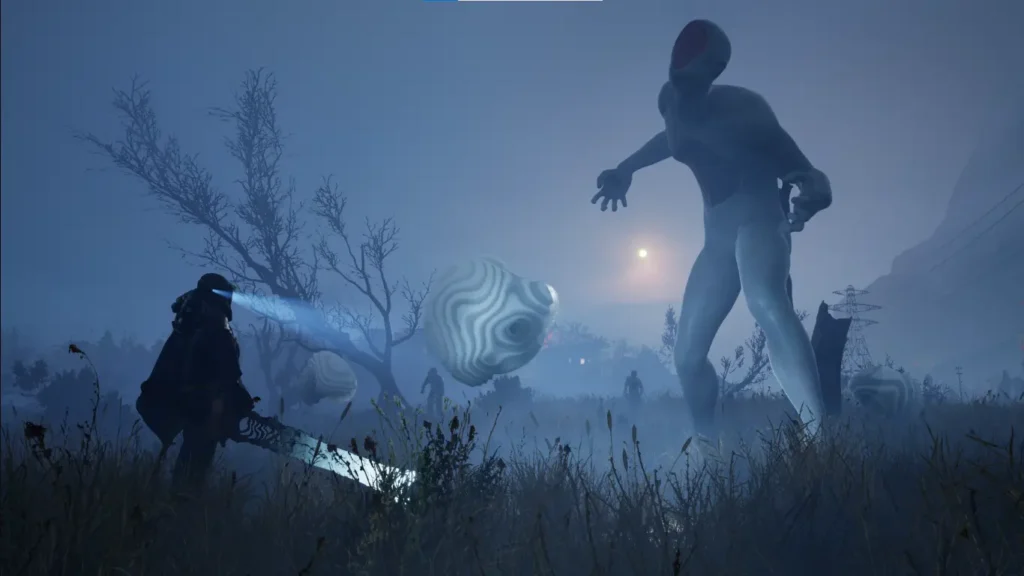
During the session, we reached the level of an isolated country house, whose resident is trapped in the basement. Innocent souls still live in this unfriendly environment. Talking to these NPCs reveals elements of the universe, gives us clues about directions and even key objects, and some are even the subject of side quests.
And while we’re not provided with indicators to guide us, we’re not left completely in the dark either. All the information collected through dialogues or collectibles is gathered in our Datum, whose interface reminds us of Fallout’s Pip-Boy. This gadget will prove essential on our journey, since it will also enable us to upgrade Rémi, for example. Because Hell is Us is 50% exploration and 50% combat.
As we land in the ruins, we come across the first signs of Calamity. Civil war is not the only disaster affecting the country, as humanoid, paranormal, and hostile creatures also occupy the area. When confronted with one of them, Rémi manages to grab a sword and a drone. This drone soon proves its worth.
Whether it sticks to your shoulder or hovers close to you, it will have plenty of room to operate. In the air, for example, it can fool our opponents in the middle of a fight. Indoors and on our shoulders, we can benefit from its lighting and scanner, useful for decoding glyphs. And the Datum suggests that the drone will receive upgrades, expanding its range of actions.
As we make our way through the ruins, we get used to the combat gradually, although it’s not always smooth. The first free-roaming environments, with multiple paths and enemies everywhere, can quickly turn nasty. Sometimes you even encounter the first “separated” enemies. In this setup, humanoid creatures are linked to shape-shifting creatures called “Hazes”.
Definitely Not a Souls-like
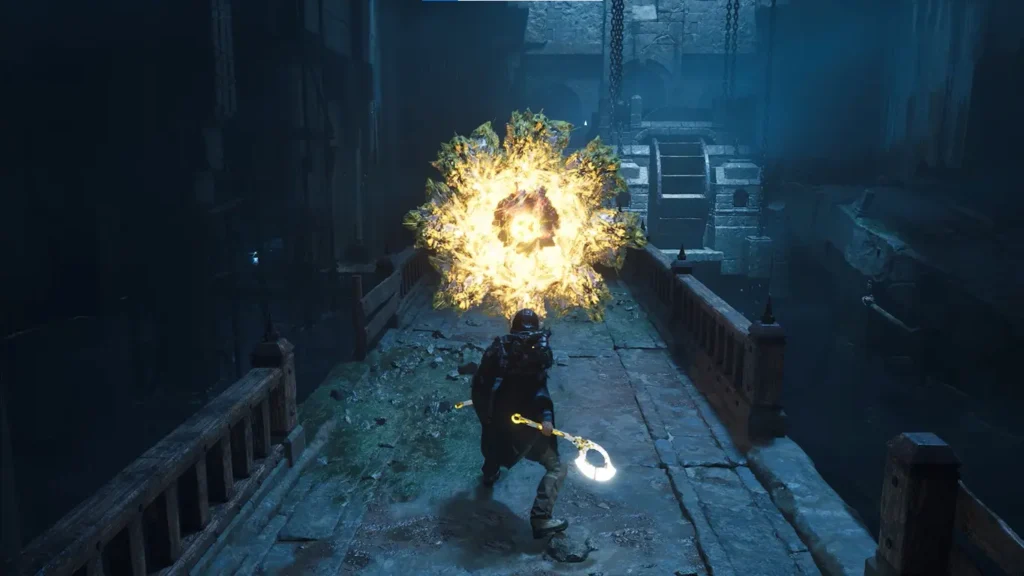
If you want to deal damage to a creature, you first have to deal with the Haze. Except that the latter proves to be quite fearsome and, once defeated, you must hurry to finish off the host or risk seeing the Haze resurrected. Clearly, this was the first difficulty peak in our demo, especially when other enemies join the party. However, one mechanic still hadn’t quite sunk into our heads: the Healing Pulse.
Dodging, blocking and perfect parries aren’t always enough to survive. In fact, taking damage sometimes costs you max life, which classic healing items don’t restore. And to regain max life, you need to use the Healing Pulse. Each time you strike an opponent, you press and release a specific button with the right timing, converting the damage inflicted into max life recovery.
An offensive and precise mechanic that changes your life once you’ve mastered it, but let’s face it, it’s not easy to learn at first. And then there’s that famous question: aren’t we looking at a Souls-like game? For Jonathan Jacques-Belletête, this is neither the idea nor the intention. The creative director makes it clear that the experience is intended for a mid-core audience.
In other words, it’s designed to be lighter than the Souls, but ideal for those seeking a game that doesn’t hold their hands too much. So, while action is important to the team, the title’s interest also lies in what it wants to tell, and how we explore this world and discover more about it. It’s hard to deny that Hell is Us will have a hard time escaping the comparison and even the labeling, but it’s easy to see why the distinction is made.
We won’t deny that these first steps into the Hell is Us world left us with a very good first impression. Although a little confusing to familiarize ourselves with, Rogue Factor’s title was quick to convince us with its proposition. And its highly successful ambiance, somewhere between post-apo and paranormal, has won us over, and we can’t wait to see what else this universe has to offer. The same goes for combat, which we left right as we were starting to get the hang of, and which we can only imagine it will gain more depth as we progress. These feelings remain to be confirmed when the game is released in 2025 on PC, PS5 and Xbox Series. But until then, we can only wait with great curiosity.
